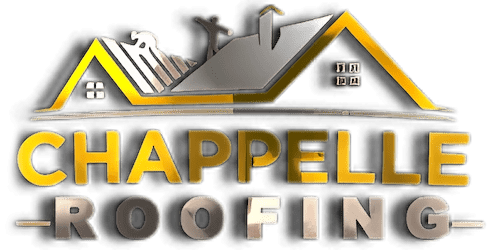Becoming a homeowner is an exciting time. Our homes represent security, warmth, and comfort, but they can also at times represent additional stress and challenges. One area of your home that should never be neglected is your roof. You roof is one of the most important structural elements of your home. Regular care, maintenence, and ongoing inspection of your roof will ensure that you can avoid some significant repair and restoration costs in your future.
Tip #1: Spring cleaning your roof is essential.
When spring cleaning, dont just give attention to the outside of your house, delegate some of that elbow grease to your roof and gutters as well. Clean your roof of all debris, sticks, dirt, mud, leaves, and other elements of nature that can pile up and wreak holy havoc on your shingles. If your roofline is a bit too steep for you to comfortably handle yourself, call a professional roof and gutter cleaner to get the job done.
Tip #2: Pay particular attention to gutters.
Full gutters inevitably result in leaking and roof damage. Keeping gutters clean and clear from season to season will help you to maintain the integrity of your roof. Full gutters can also pull away from your roofline, allowing water to run down into your foundation, causing further damage to your home. Regular inspection of your gutters every few months will keep this area of your roof free from debris, giving you additional peace of mind that you are maintaining your roof well.
Tip #3: Rid yourself of moss, mold, and algae.
Growth on a roof is common in areas where many trees are present. The build-up of mold, moss, and algae can cause excess water to pool on your roof, shortening the life of your shingles. Do not try to remove the growth with an abrasive brush or power washer, you risk further damage by doing so. Finding a good “killer” product to kill all growth is essential before brushing the residue off. If you don’t want this messy job to be yours, call in a roofing professional to get the job done right.
Tip #4: Check out the interior of your attic.
Nowhere will roof damage be more visible to you than the attic. This is where leaks become visible, and the effects of roofing deficiencies will make themselves known. Check for dark spots, staining, leaks, and the smell of mildew and mold as telltale signs that your roof is compromised and take steps to repair or replace damaged materials as soon as possible. A small leak can quickly spiral out of control if it is not caught and dealt with promptly.
Tip #5: Assume that there are inefficiencies present.
Normal wear and tear can cause damage to a roof, and your job is to regularly maintain and keep up your roofing materials so that you can correct small problems before they become big ones. Check your flashings, your shingles, and all other areas that have potential to sustain damage from wind, the elements, and excess buildup. Inspecting your roof with discriminating eyes will help you to stay on top of minor repairs so that you don’t have to deal with total replacement.
Here’s what to look for:
- Cracked caulk or rust spots on flashing.
- Shingles that are buckling, curling, or falling off…
- Missing or broken shingles.
- Cracked and worn rubber boots around vent pipes.
- Missing or damaged chimney cap. (OK, that’s technically not part of your roof, but since you’re looking anyway.)
- Amassed moss and lichen, which could signal the roof is decaying underneath. Black algae stains are just cosmetic.
If you find piles of colored grit from asphalt roof tiles in the gutters, that’s a bad sign — those sand-like granules cover the surface of roof shingles and shield them from the sun’s damaging ultraviolet rays. Our service area including St. Petersburg, Palmetto roofers, Ellenton, Lakewood Ranch, Parrish.We will Inspect the age of your roofing and see if it’s nearing the end of its life cycle (which averages 15-20 years)…





